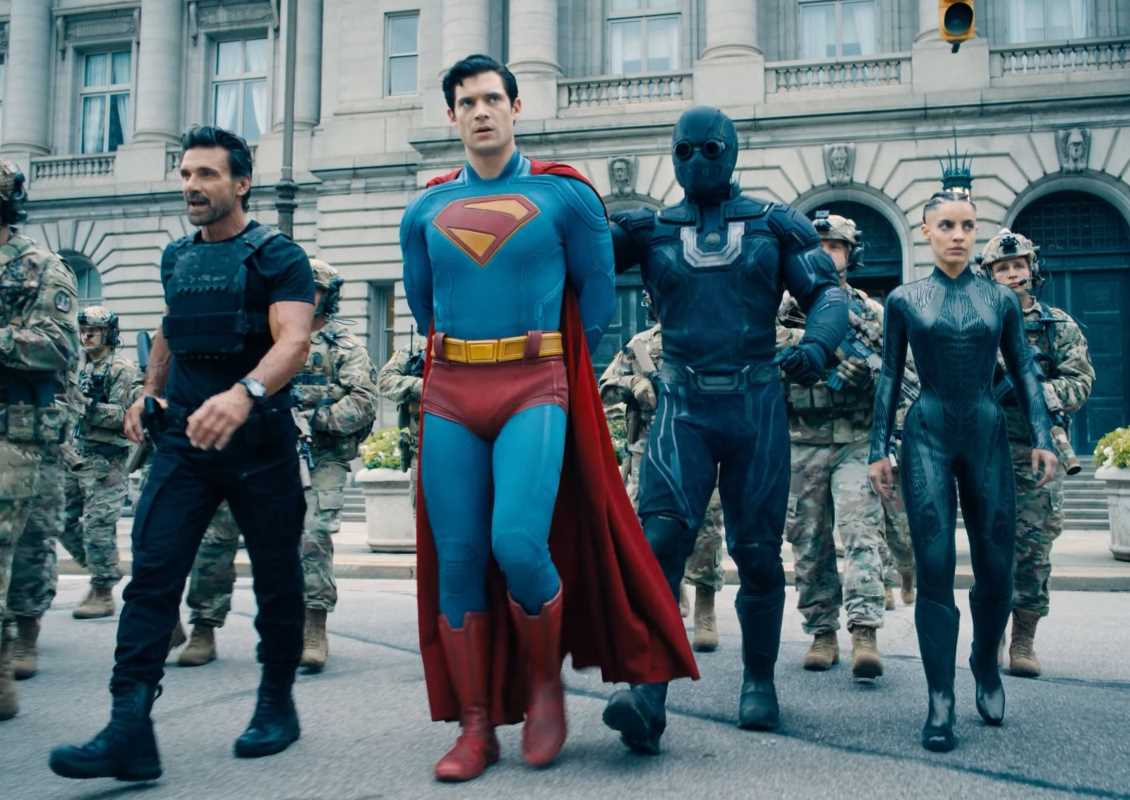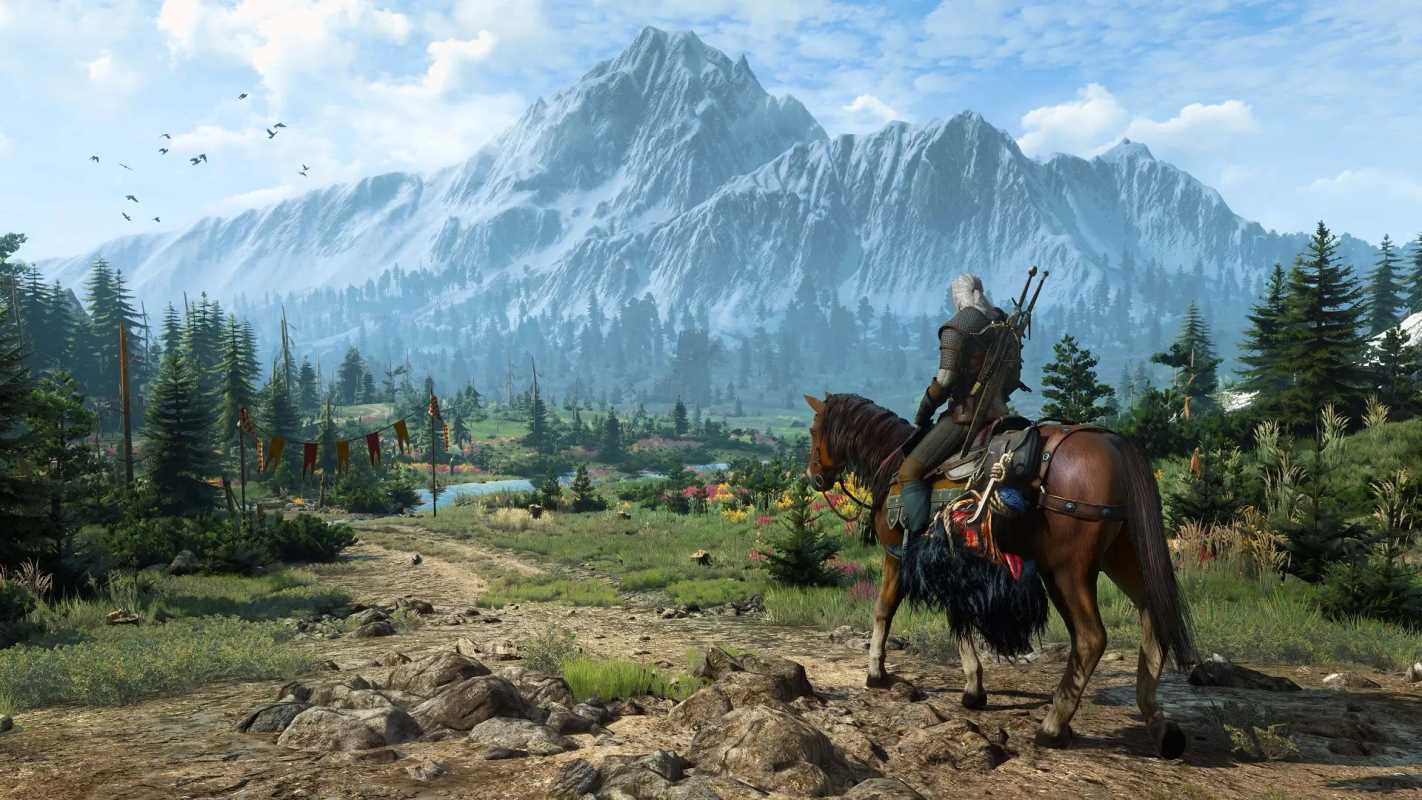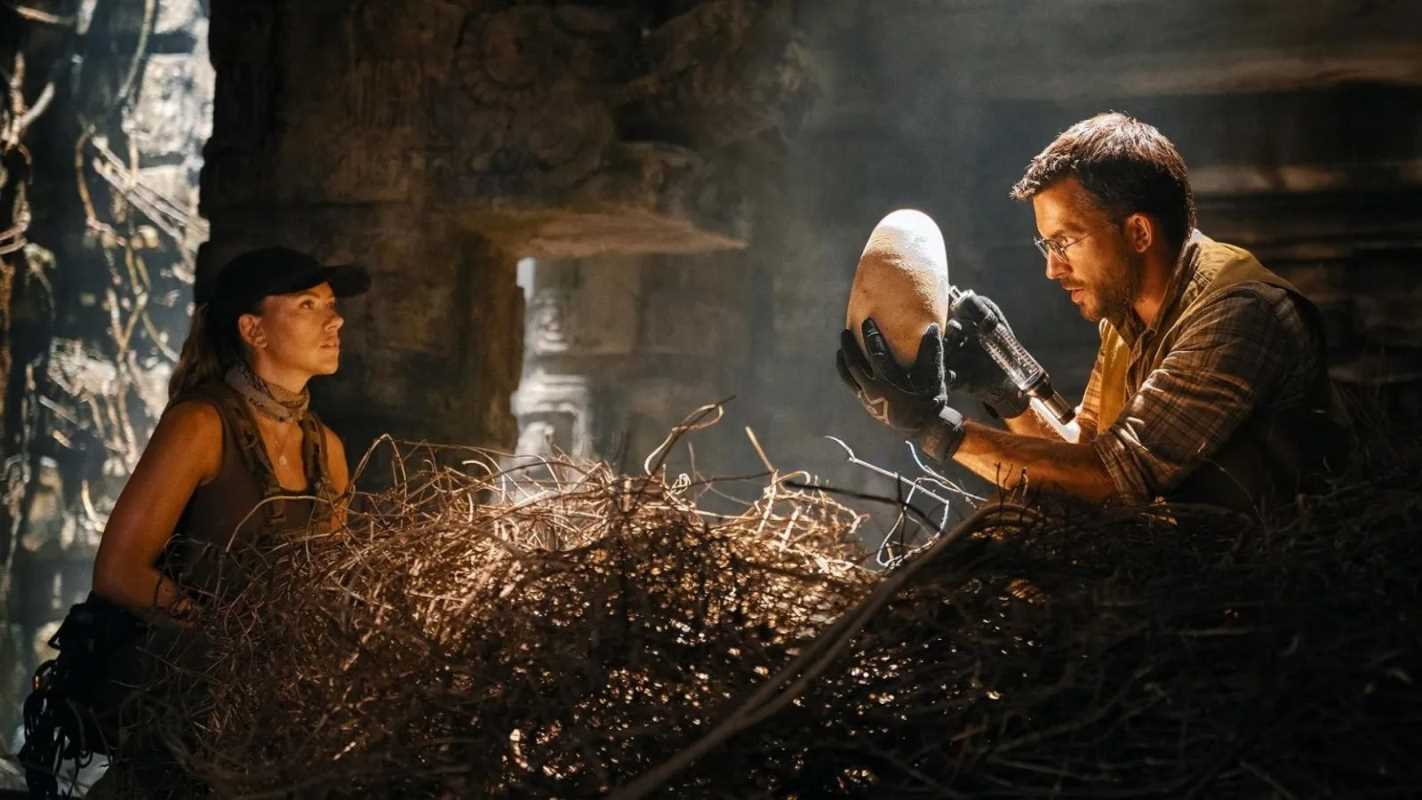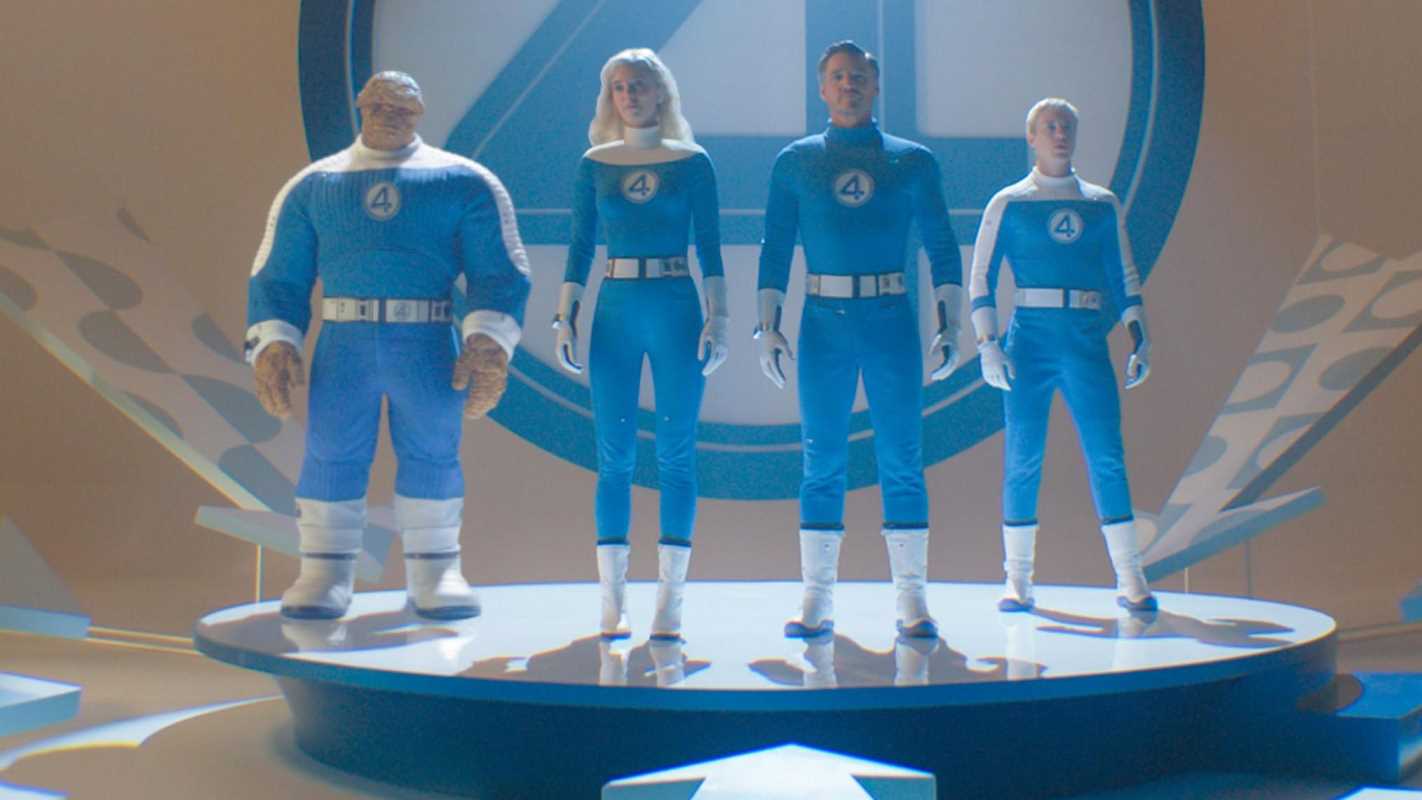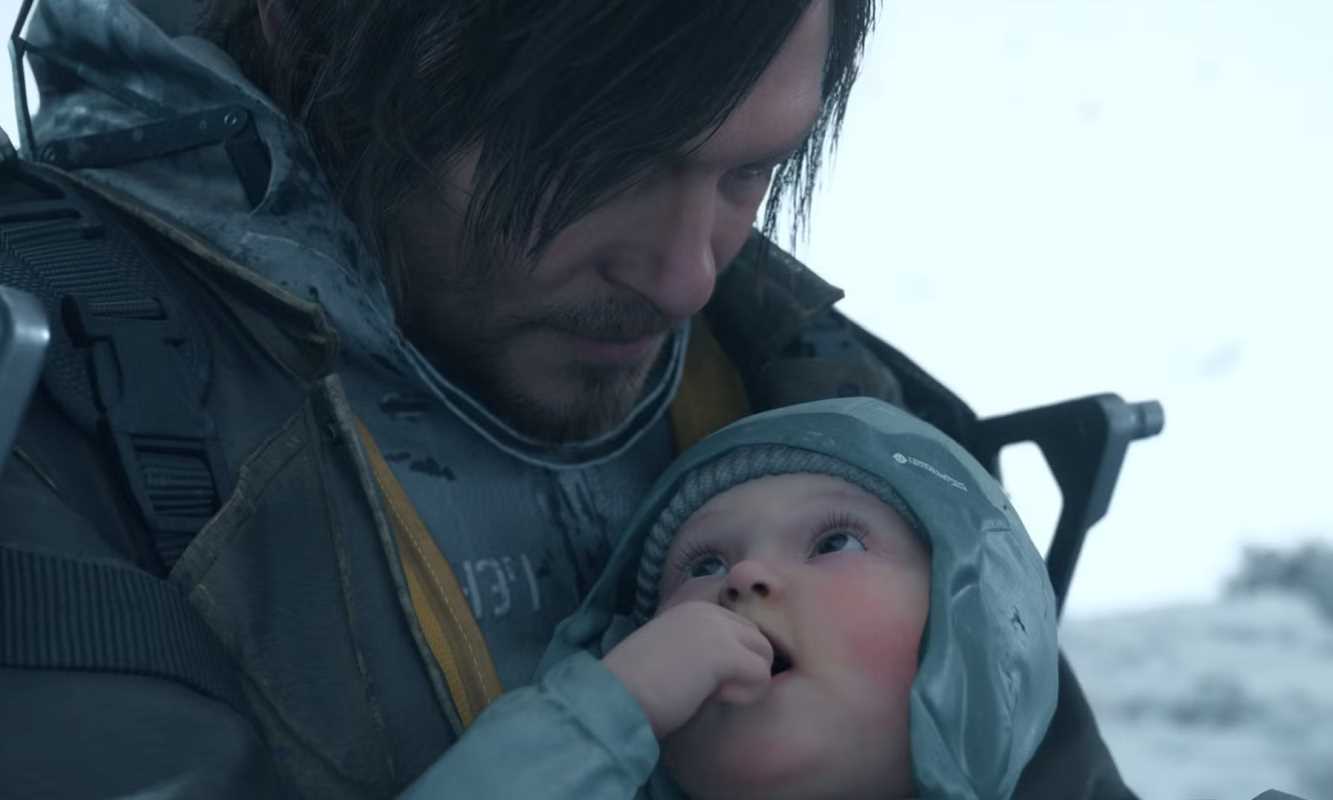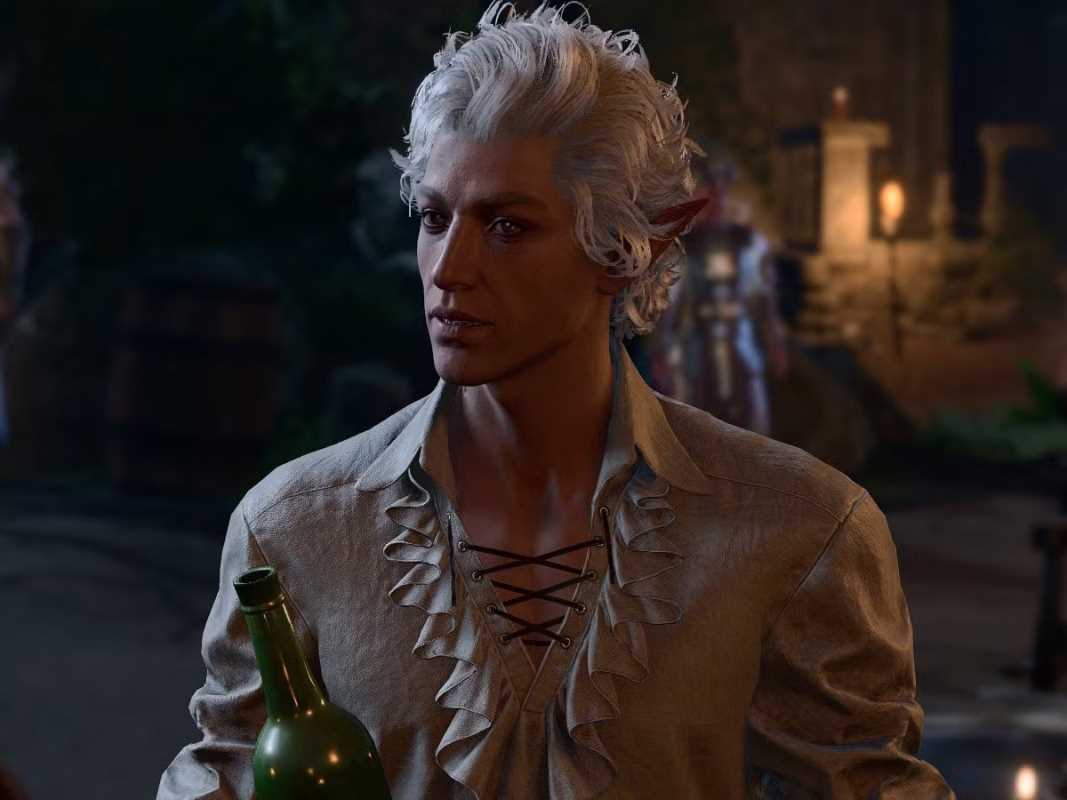The modern age of filmmaking is dominated by dazzling CGI, rendering visuals that were once confined to the imaginations of filmmakers. From sprawling alien landscapes to impossibly detailed action sequences, computer-generated imagery has undeniably transformed cinema. But here's the thing—not everyone is buying what CGI is selling. Some filmmakers, led by visionaries like Christopher Nolan, continue to champion the timeless art of practical effects. And while CGI has its place, practical effects bring a tangible magic to filmmaking that not even the most cutting-edge technology can replicate.
This post explores why practical effects still reign supreme. From stunning set pieces to jaw-dropping stunts, the following films prove that sometimes, the old ways really are the best.
Why Practical Effects Matter
Before we get into Nolan’s brilliance, it’s essential to understand why practical effects have stood the test of time.
1. Realism That Resonates
Audiences can often sense when something isn’t real. Even the most sophisticated CGI risks crossing into the "uncanny valley," where rendered scenes feel artificial rather than authentic. Practical effects avoid this entirely by creating something tactile. Props, miniatures, and real explosions exist within the same space as the actors, grounding the scene in reality.
Think about the famous truck flip in The Dark Knight. That massive eighteen-wheeler barreling down Gotham’s streets wasn’t a CGI construction; it was an actual stunt involving a real truck. The result? A moment so visceral and impactful that it sticks with viewers long after the credits roll.
2. Immersive Performances
Practical effects aren’t just for the audience’s benefit; they also enhance the performances of the cast. When actors can react to their surroundings in real-time rather than imagining a green-screened environment, it adds depth and authenticity to their portrayals.
Consider the storm-tossed seas of Dunkirk. By shooting with real boats and planes and using minimal digital enhancements, Nolan gave his actors an environment they could physically engage with. The fear, chaos, and tension displayed on-screen weren’t simulated emotions; they were genuine reactions to an authentically crafted world.
3. Timeless Appeal
CGI technology evolves rapidly, and effects that seem groundbreaking one year can look dated just a few years later. (We’re looking at you, Spawn.) Practical effects, on the other hand, age gracefully. The practical stunts in Mad Max: Fury Road and the animatronics of Jurassic Park still feel fresh decades later because they connect to the physical world in ways that computer effects often struggle to emulate.
Christopher Nolan’s Dedication to Practical Effects
Now, onto the master of practical effects himself. Christopher Nolan has made a career out of shunning shortcuts and pushing practical filmmaking to its limits. While many directors rely heavily on green screens, Nolan’s approach involves crafting as much as possible in-camera. Here’s how he’s achieved unparalleled results in his iconic films.
1. The Twisting Dreamworld of Inception
When we think of Inception, two images instantly come to mind: the zero-gravity fight scene in the hotel hallway and the city folding in on itself. Both showcase Nolan’s genius, but here’s the kicker—not both were CGI-heavy.
For the hallway fight, Nolan constructed a massive rotating set, allowing Joseph Gordon-Levitt to literally fight up walls and ceilings. By shooting the sequence practically, Nolan avoided the floaty, weightless feel that too often plagues digitally-rendered scenes. Audiences could sense the physicality of the motion, making the spectacle all the more enthralling.
Of course, CGI was used sparingly where necessary, such as in creating the surreal, kaleidoscopic cityscapes. But Nolan’s choices prove that CGI should enhance practical effects, not replace them entirely.
2. The Cosmic Splendor of Interstellar
Interstellar is another testament to Nolan’s philosophy. Rather than relying solely on digital wizardry to portray space travel, Nolan used intricate miniatures and carefully crafted sets to simulate the experience. These miniatures brought gargantuan spacecraft to life, making them feel massive and imposing.
Even shots as simple as Matthew McConaughey piloting a spacecraft were carefully designed. The actors sat inside full-scale sets instead of in front of green screens. This grounded the performances and placed the audience directly inside the film’s universe.
Then there’s Gargantua, the mesmerizing black hole. While CGI was crucial for achieving its swirling event horizon, Nolan worked with scientists to ensure the visuals remained scientifically accurate. It’s the perfect marriage of advanced technology and grounded filmmaking.
3. Oppenheimer: The Power of Real Explosions
Nolan’s most recent work, Oppenheimer, is further proof that he remains deeply committed to practical techniques. For a film centered around the father of the atomic bomb, recreating the Trinity Test explosion could have been a CGI-heavy affair.
But Nolan had other ideas. He sought to replicate the blast practically, creating a series of controlled explosions using scale models, advanced lighting effects, and chemical reactions. Achieving the film’s most critical visual moment without computers? That’s filmmaking at its boldest.
Practical Effects Beyond Nolan
Though Nolan’s dedication is unmatched, he isn’t the only filmmaker keeping the craft alive. Many modern directors continue to lean into practical effects, ensuring realism and emotion remain at the forefront of their work.
Denis Villeneuve - Blade Runner 2049
Denis Villeneuve’s Blade Runner 2049 achieved stunning visual effects by blending real sets and miniatures with careful CGI application. Villeneuve’s use of practical effects provided weight and texture to the futuristic landscapes, creating a world that felt both tactile and futuristic.
George Miller - Mad Max: Fury Road
Mad Max: Fury Road is often hailed as one of the greatest action films of all time, thanks in no small part to George Miller’s practical approach. From high-speed chases featuring real vehicles to stuntmen swinging between speeding rigs, the chaos in Fury Road felt exhilaratingly real. CGI was used sparingly (for weather effects and safety), but the grit and physicality on display were 100% practical.
Guillermo Del Toro - Pan’s Labyrinth
With Pan’s Labyrinth, Guillermo Del Toro relied on makeup, prosthetics, and animatronics for his haunting creatures. From the doe-eyed Faun to the terrifying Pale Man, Del Toro’s world feels authentic because it was meticulously built for real-world interaction.
Where CGI Fits
It’s worth noting that CGI isn’t the enemy. When done well and in tandem with practical effects, CGI can elevate a story. James Cameron’s Avatar stands as a prime example, where his motion-capture techniques and innovative technology created an entirely immersive world.
Even Nolan uses CGI when it’s truly needed, such as in the high-concept folding cities of Inception. But what separates Nolan (and directors like him) is that CGI is never the easy answer. It’s a tool—not a crutch.
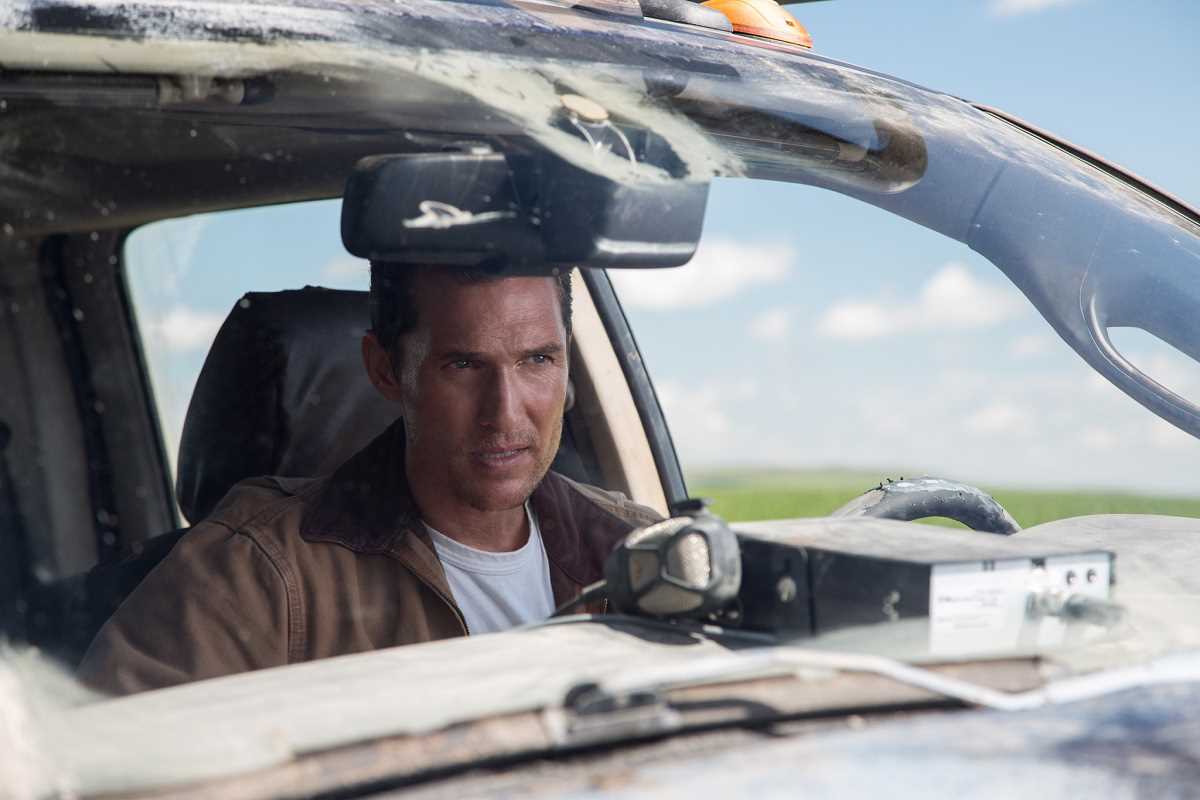 (Image via
(Image via
